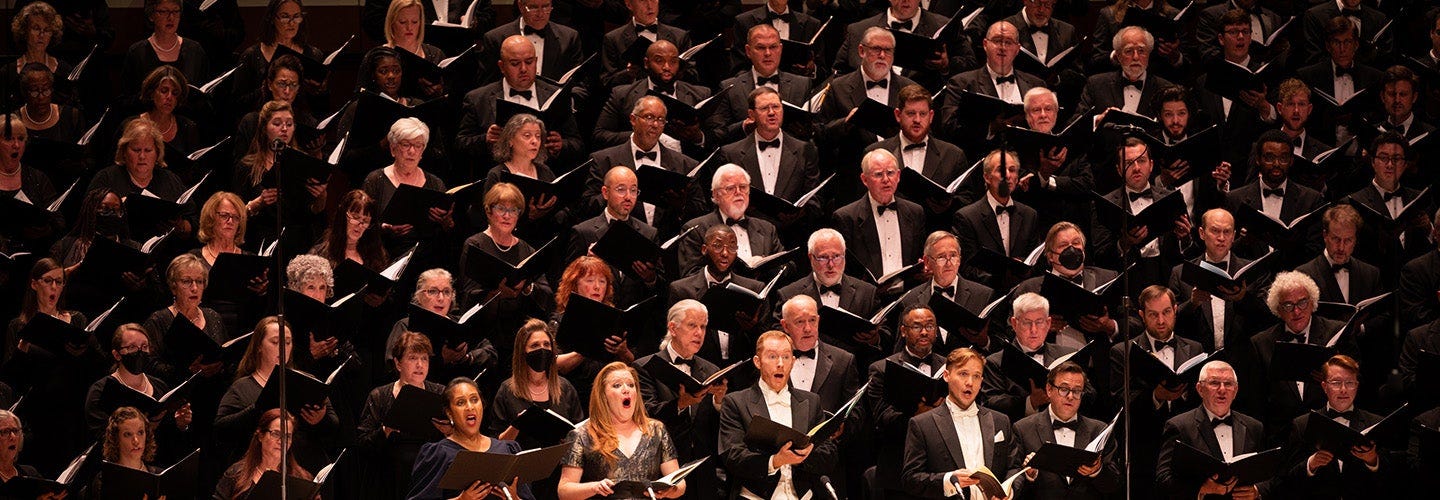The classic example is waves at the beach—the way they roll in and ease back out again. So much of life has a back and forth, a rising then falling, or tension and release quality. Another vivid illustration across a longer span of time is a waxing then waning moon. Consider the up and down motion of bird wings or the way we alternate our legs and swing our arms as we walk. Ebb & flow is nature’s way of taking turns. Conversations often adopt this pattern. Swinging on a playground. Even our breath as we inhale and exhale.
One side of this duo may feel stronger or more prominent than the other, but in truth they are equally important. The ebb allows for the flow. The exhalation creates space for the inhalation.
We make such a grave error when we forget how essential this rhythm is to our health. Activity alternates with rest; input is followed by output. Yes, we can—and must—occasionally deal with interruptions to this back-and-forth pattern, but generally? The fewer the better.
It’s no surprise, given the name of my Substack newsletter, that I’m quite fond of Aesop’s beloved fable of The Tortoise and the Hare. It’s a great metaphor for the value of slow and diligent work. An ode to tenacity. A reminder to keep going.
But all metaphors have their limits, and even the most tenacious tortoise has to stop long enough to eat periodically and to sleep at night.
Emergency situations may require us to break these rules on occasion and skip a few meals or pull an all-nighter. But we mustn’t confuse an ongoing war with a short-term emergency. Even soldiers have to sleep in wartime. If they don’t, they will soon become useless as soldiers—too weak, exhausted, and confused to be effective; a liability rather than an asset.
The key is that soldiers do not all have to sleep or eat at precisely the same time. When we work together, we can alternate. Some of us can rest or recharge while others remain alert. Then the rested warriors can take over sentry duty or even move up to the front lines while the others fall back to catch their breath.
There’s a common technique in choral singing called “stagger breathing.” In passages where a constant flow of sound is important for the sake of the listener, instead of taking predetermined breaths together, all at the same time, singers remain alert to the those nearest them and subtly sneak little breaths as needed, taking care not to breathe at exactly the same time as their neighbor. The effect is that of a seamless wall of uninterrupted sound, yet no one passes out from lack of oxygen.
As we join our voices, the art of stagger-breathing has an ebb and flow, as well. We each ease in and out of the sound without drawing attention to what we are doing. It’s a sophisticated form of taking turns. The more singers in the group, the easier it is to do, but it still takes practice to perform well.
Human needs are more complex than basic food and water every day and a few hours of sleep each night. Our mental health will suffer if we are subjected to endless streams of psychological toxicity. Our physical health will suffer without access to fresh air and regular, appropriate exercise. I would argue that we also need exposure to beauty, kindness, community, the lessons of history, new ideas, the arts, and more to be truly healthy.
In a crisis situation, we don’t have optimal access to all of these things, but we can still find opportunities to savor and appreciate. We can take note of moments of beauty in much the same way choristers sneak breaths while stagger breathing. Those little moments over time may make the difference in how effective we can be or even whether or not we can continue the fight.
As you tortoise through the weeks ahead, I urge you to find nourishing moments to savor. Watch for people doing valuable things rather than focusing only on what’s going wrong. None of us can do everything all the time, nor should we.
I’m working on getting better sleep at night (a lifelong challenge) because I’m noticing a substantial difference in what I’m capable of the next day when I do.
Whether we are engaged in the fight of our lives or simply trying to enjoy life to the fullest, we will be better able to assess our next steps, accomplish our goals, and embody our dreams if we take care of ourselves and others along the way.
Rather than try to override the ebb and flow of life, we can embrace it and use that rhythm to our advantage, allowing us to offer our best selves to whatever causes or calls we decide to answer.











I love this! As is often the case, I find these articles and, especially the pictures that you choose to include, to be moments of appreciation, reflection, and wonder for me. Thanks for sharing your ability to curate images that support your ideas.
An interesting occurrence at church a few weeks ago: our director of youth had our congregation participate in a breathing exercise in which we all inhaled together and hummed while exhaling resulting in a cacophony of tones. We repeated this a second time and I found the hummed notes seemed to be more aligned. With the third breath and exhale, the congregation had unconsciously formed a major chord. It was a beautiful transformation! Ebb and flow, inhale and exhale, balance, and harmony!